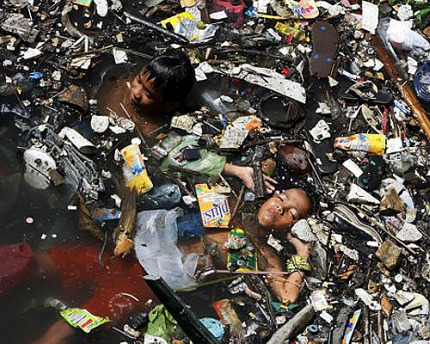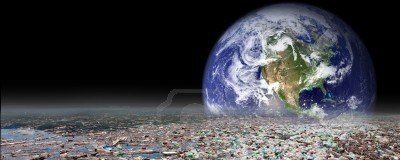
One of the most precious resources we have on planet earth is water … clean drinkable water.
Seventy-five percent (75%) of the world’s surface is covered in water, most of it is salt water which humans cannot drink. A mere 2.5% of the earth’s water is fresh water; drinkable if we don’t pollute it with chemicals, trash, animal waste, run offs from farms,pesticides, and human waste. Polluted water kills fish and marine life. Polluted water sickens and kills people, most often in countries too poor to have sewage systems to protect the populace.
Those children are floating in one of the most polluted rivers on earth. This is a picture of Yamuna River in India. According to the Mother Nature Network this is one of the 15 most polluted places on earth to live.
The Yamuna is the largest tributary of the Ganges River. Where it flows through Delhi, it’s estimated that 58 percent of the city’s waste gets dumped straight into the river. Millions of Indians still rely on these murky, sewage-filled waters for washing, waste disposal and drinking water.
We take clean water for granted. Did you know that many of the world’s people walk at least 3 hours to gain access to water?
- Each day almost 10,000 children under the age of 5 in Third World countries die as a result of illnesses contracted by use of impure water.
- Fresh water is either groundwater (0,5%), or readily accessible water in lakes, streams, rivers, etc. (0,01%).
- Two thirds of the water used in a home is used in the bathroom.
- To flush a toilet we use 2 to 7 gallons of water.
- In a five-minute shower we use 25 to 50 gallons of water.
- To brush your teeth you use 2 gallons of water.


We use the dirty water which was used to wash clothes to flush toilet, since we are not sure if there will be clean drinking water available few years down the line .
Linda:
Thanks for your comment … I will check out Project Wet.
When I was teaching, I would do a demonstration for the kids about how much of the earth’s water was available to us to use. In one liter of water, 970 ml represents salt water. Of the remaining 30 ml, which represents earth’s fresh water, only 1 drop is available for human use. There are good educational activities like this in Project Wet.